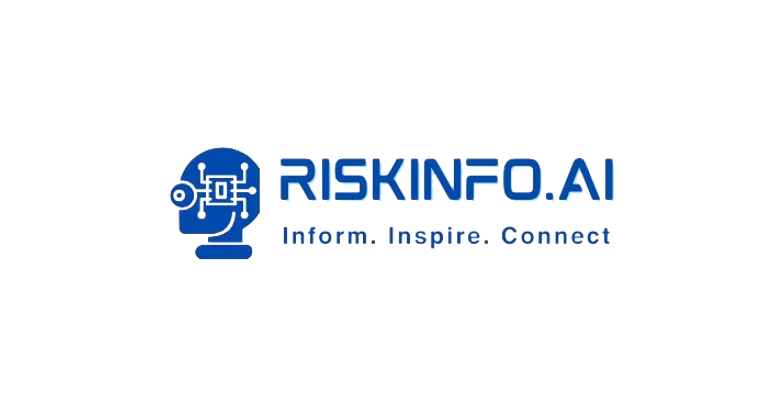By Samir Sathe

One could be fast in listening to customers or lag the competitors. I describe these enterprises as slow and fast servants of their customers. Master orders and servant obeys. A fast servant obeys faster than the slower one. Both get their dues from their master; a slow one may risk being replaced by a fast servant.
Listening to customers is a minimum condition in succeeding at serving them. We are not referring to enterprises that do not and are laggards. We are referring to those who are listening to its customers and competing in their segments based on the same.
Slow or fast servant-enterprises could grow with the customer, earn revenues and profits, deliver high performance, and earn a larger and more profitable market share with relevant value chain moves, sooner or later, in a relatively predictable industry. E.g. Automotive body parts segment and the evolution that happened in steel parts of the body of the 4-wheeler passenger vehicle space between the 1960s and 1990s.
Enterprises that are fast servants beat slow ones, but they too are overtaken by those who anticipate their customer wants and go beyond listening to them.
That is what happened with the innovators when they thought of offering a car with electricity as the source of fuel.
Although the electric car concept is not new, one could trace its history from the 18th century. Between 1880 and 1912, EVs began to be seen on roads in Europe and America, and companies like Willian Morrison (WM) and Porsche took the lead. Ford’s mass scale gasoline-based ‘T’ model in 1012 cut short its run, and by 1935, EVs disappeared. They appeared in the 1960s and mid-1990s again, albeit not on a commercial scale by General Motors (GM), and it was only in 1997 that Toyota introduced its famous hybrid ‘Prius’ that it was made mass scale to public.
As https://interestingengineering.com notes, a Model T in 1912 cost around $650 apiece – an electric alternative cost almost three times that, at around $1,750. One of the most important reasons was the availability of gasoline with advancements in the oil industry and the lack of infrastructure in electric infrastructure to charge the vehicles regularly. That marked the end of EVs by ~1935.
Soon innovators transitioned from hybrid cars that used conventional fuel and electricity to fully electric vehicles between the 1990s and 2010s. With its cutting-edge innovation in battery and electric powertrain technology, Tesla produced its Roadster in 2008 that raced ahead of GM and Toyota, which had already launched electric concept cars or hybrid cars earlier.
Take Apple, Intuit, or homegrown Pidilite, Asian Paints, which have innovated due to mainly anticipating their customer needs, built on their sound understanding of customers by listening to them carefully.
Did any of the above innovators listen to their customers and therefore decided to launch their innovations? Half-truth. They went beyond listening and anticipated what customers may want and need. They took the risk to fail and yet continued to work at them. And they did it with speed. That is being agile innovators.
The rest were slow or fast servant-enterprise enterprises who delivered, based on their listening to customers and executing based on the demands of their customers, sooner or later.
Being truly agile is anticipating what customers ‘may and most likely want’ ahead of when competitors do, experimenting with these ideas with the ‘good enough’ products or services, failing, learning, and eventually exciting its customers with the offerings that remained implicit or unarticulated.
Agile innovators pleasantly surprise their customers, not just make them happy.
The essence of agility is not just learning and doing things fast or being adaptive to the rapidly changing demands of the customers. Still, the real essence of being agile is being proactive in anticipating and innovating what your customer may want and then executing it flawlessly.
Being an agile innovator is rare among enterprises and rarer among SMEs. Mr./Ms. Small Business Entrepreneur, are you listening?
Source: The SME India




